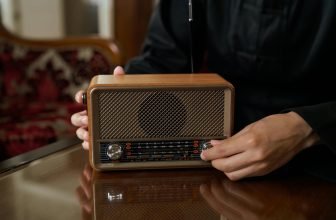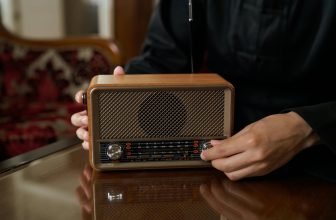Get Room-Filling Dolby Atmos Effects With The Help Of This Calculator
Calculate The Coverage Angle For Your Ceiling Speakers For The Perfect Dolby Atmos Effects Shower
Ai Powered Calculator
If you want to focus the Atmos effect on the room wise then put the dimensions of the room instead of the audience seating.
If your speakers’ coverage angle is bigger than the calculated one then it is OK and better. But you don’t need a smaller coverage angle of the speakers than the calculated value.
Read The Below Short Details To Know Why 4 Speakers & Not 2.
Important: How High Should The Atmos Speakers Be?
The Atmos speakers should be 5-6ft high above the audience heads up on or in the ceiling. This height is the sweet spot. If the speakers are lower than that then the Atmos effects will feel exaggerated if it is higher then it will feel dull.
Read my this guide to know this matter in detail if you are still curious about it. How High Should Atmos Speakers Be?
Important: What is the proper placement of Atmos ceiling speakers?
The proper placement for the Atmos speaker is to cover one row with 4 Atmos ceiling speakers.
This is because you need a proper sound transition above the heads of the audience. That’s why The minimum number of Atmos speakers you need is 4.
If you want to know more about the sound transition and why it is needed. Read my this guide about How many in-ceiling speakers do I need for Atmos?
How Does This Calculator Work?
- Put the length of your audience seating in the first field.
- Enter the width of the audience seating in the second field.
- Click on the calculate button and you will get a coverage angle value for each ceiling speaker that you will need for better Atmos effects.
What Does This Calculator Do For You?
When you are confused about the Atmos speakers’ placement then this calculator and the page will help you to clear your confusion and make this placement process easier for you.
You need to get a coverage angle value from this calculator and follow this page to have the perfect placement for your Atmos effects. The calculator will give you the coverage angle and this page will answer some of the FAQs about Atmos speakers’ placement processes.
When Do You Need This Calculator?
Here are two cases.
- First Case. You need to use this calculator when you want a home theater for more than 3 people in the audience or you frequently host guests in your theater room.
- If you have 3 people in the audience or less than that then you can calibrate the existing speakers with the help of an SPL meter or the calibrating mic that comes with an AV receiver or amplifier. In this case, you don’t need to use this calculator.
What Is A Coverage Angle For Ceiling Speakers?

The coverage angle is at which angle the ceiling speakers fire the sound waves. The bigger the coverage angle the larger it can cover the audience.
This is why it is very important to have the right value for this angle.
How To Get The Coverage Angle Details For The Speakers You Are Buying?
70% of listings of ceiling speakers do have a coverage angle. But if you want to buy a certain type of speaker but it doesn’t have coverage angle details in the product listings then call the company’s support team to know the coverage angle of their speakers or visit the nearest showroom and inquire about that speaker’s coverage angle.
FAQs
Most asked questions about the Atmos speakers on the internet.
You should not angle the entire speaker at the audience. You just need to angle the tweeter of the speaker at the audience. It is very important to feel the realism of the dialogue.
Don’t worry you can get many ceiling speakers that have a movable tweeter. You can move just the tweeter of those ceiling speakers and not the entire speaker.
You should not determine the distance for the other ceiling speakers but the size of the audience. This is because you need a perfect sound transition. You need the audience to feel the plane flying at their side which is on the screen.
For this transition, you need each speaker to be 1 to 2 feet apart from each audience side.






